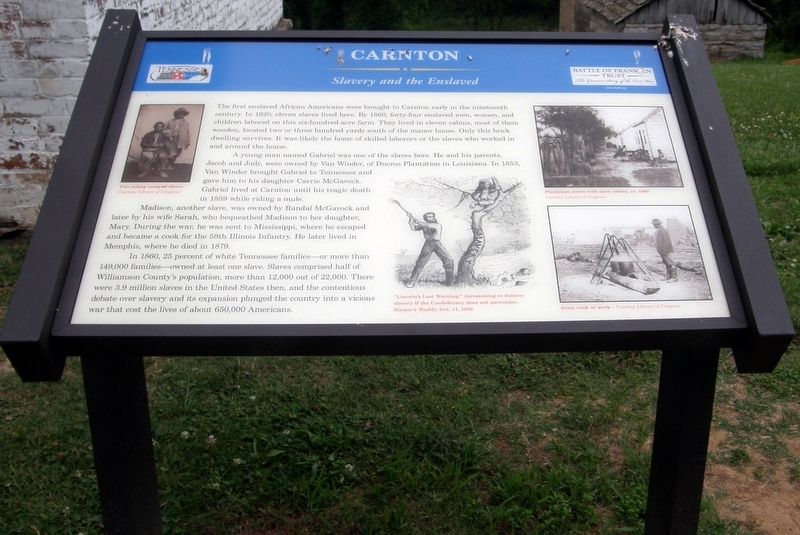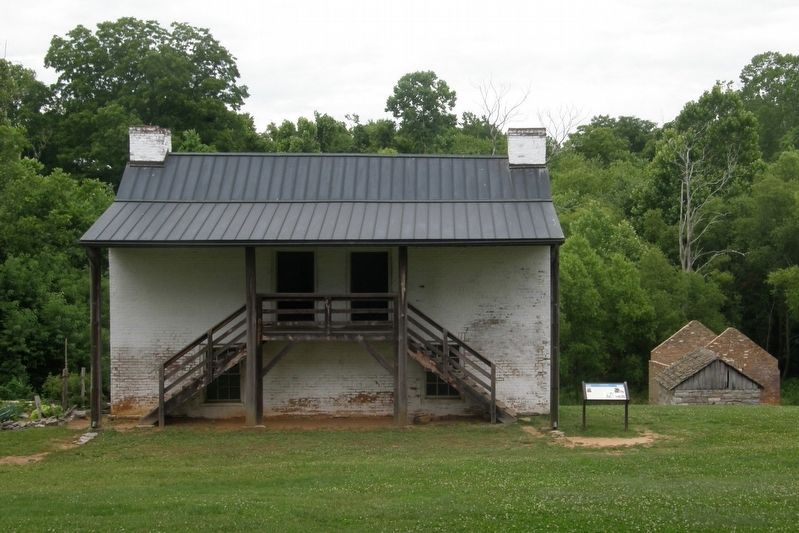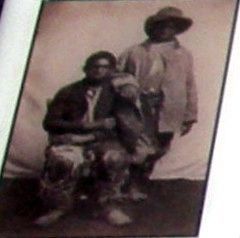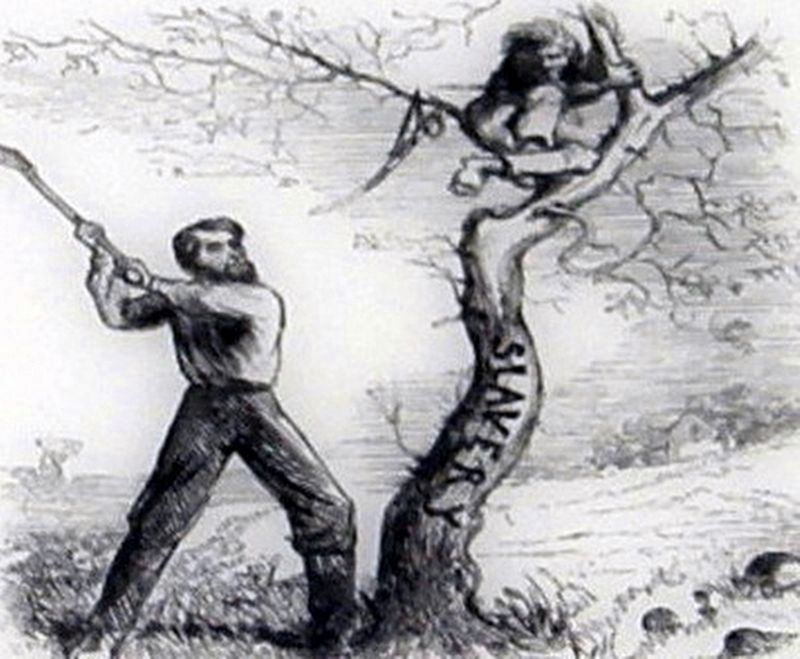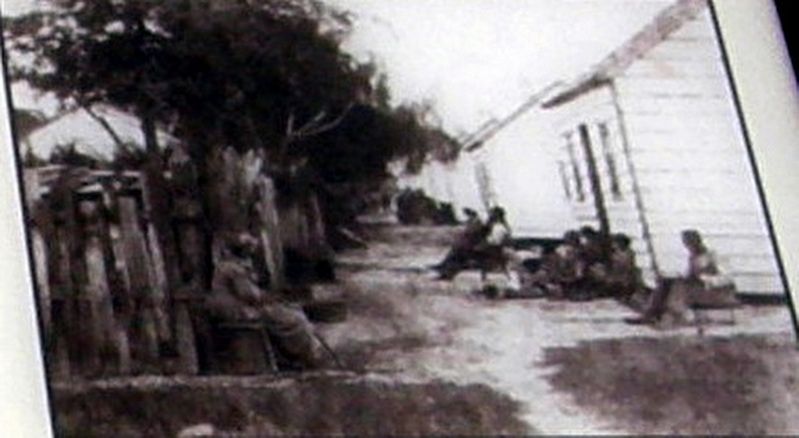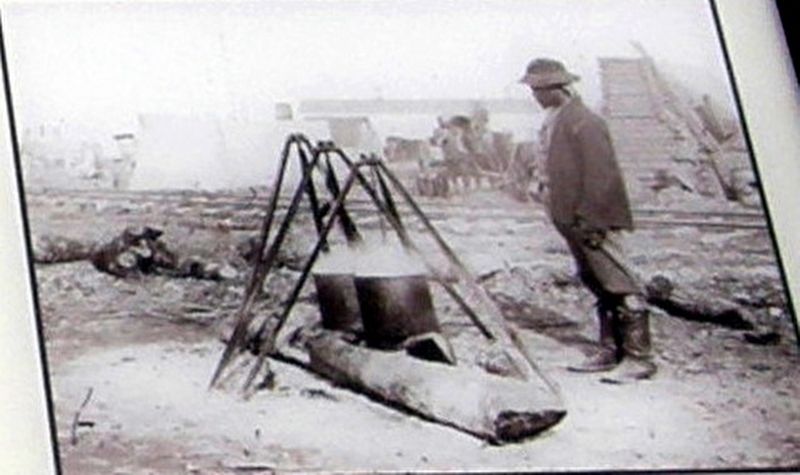Franklin in Williamson County, Tennessee — The American South (East South Central)
Carnton
Slavery and the Enslaved
The first enslaved African Americans were brought to Carnton in the nineteenth century. In 1820, eleven slaves lived here. By 1860, forty-four enslaved men, women and children labored on the six-hundred-acre farm. They lived in eleven cabins, most of them wooden, located two or three hundred yards south of the manor house. Only this brick dwelling survives. It was likely the home of skilled laborers or the slaves who worker in and around the house.
A young man named Gabriel was one of the slaves here. He and his parents, Jacob and Judy, were owned by Van Winder, of Ducros Plantation in Louisiana. In 1853, Van Winder brought Gabriel to Tennessee and gave him to his daughter Carrie McGavock. Gabriel lived at Carnton until his tragic death in 1859 while riding a mule.
Madison, another slave, was owned by Randal McGavock and later by his wife Sarah, who bequeathed Madison to her daughter, Mary. During the war, he was sent to Mississippi, where he escaped and became a cook for the 58th Illinois Infantry. He later lived in Memphis, where he died in 1879.
In 1860, 25 percent of white Tennessee families—or more than 149,000 families—owned at least one slave. Slaves comprised half of Williamson County’s population, more than 12,000 out of 22,000. There were 3.9 million slaves in the United States then, and the contentious debate over slavery and its expansion plunged the country into a vicious war that cost the lives of about 650,000 Americans.
Erected by Battle of Franklin Trust.
Topics. This historical marker is listed in these topic lists: African Americans • War, US Civil. A significant historical year for this entry is 1820.
Location. 35° 54.183′ N, 86° 51.459′ W. Marker is in Franklin, Tennessee, in Williamson County. Marker can be reached from Eastern Flank Circle, 0.4 miles south of Lewsiburg Pike (Business U.S. 431), on the left when traveling south. Touch for map. Marker is at or near this postal address: 1345 Eastern Flank Cir, Franklin TN 37064, United States of America. Touch for directions.
Other nearby markers. At least 8 other markers are within walking distance of this marker. Civil War Franklin (about 400 feet away, measured in a direct line); a different marker also named Civil War Franklin (about 400 feet away); The McGavock Garden (about 400 feet away); Maj. Gen. William W. Loring's Division (about 500 feet away); McGavock Family Cemetery (about 700 feet away); Hood's Retreat (about 800 feet away); The Final Campaign 1864 (about 800 feet away); The Battle of Franklin (about 800 feet away). Touch for a list and map of all markers in Franklin.
Also see . . . Experience Carter House & Carnton. The Battle of Franklin Trust website entry (Submitted on November 23, 2019.)
Credits. This page was last revised on October 23, 2022. It was originally submitted on November 22, 2019, by Larry Gertner of New York, New York. This page has been viewed 245 times since then and 19 times this year. Last updated on October 23, 2022, by Bradley Owen of Morgantown, West Virginia. Photos: 1, 2, 3, 4, 5, 6. submitted on November 22, 2019, by Larry Gertner of New York, New York. • Mark Hilton was the editor who published this page.
